Colorful fossils, discovered accidentally in Australia, were found to belong to a stunning new species of dinosaur, according to a new report published in the Journal of Vertebrate Paleontology.
Mining Discoveries: Dinosaur Bones
Bob Foster and a group of miners, based out of Lightning Ridge, a town about 450 miles inland from Australia’s eastern coast, mined for opal about 35 years ago. Lightning Ridge is famous for its opal gemstones, which form underground, over long timescales, from a solution of silicon dioxide and water.
Bob Foster would generally find remnants of animals who died and their bones became encrusted with a colorful stone. Foster and his colleagues would smash those bones apart to see if opal, Australia’s national gemstone, lay beneath. One day, he came across a semicircle-shaped bone that he thought might be a horse hoof, but it turned out to be the vertebrae of a dinosaur that was previously unknown.
In addition, there was something strange about the growing collection of bones accumulating in Foster’s living room.
Piling the bones into two suitcases, Foster took a 450-mile train ride to the Australian Museum in Sydney. When museum curator Alex Ritchie examined Foster’s bone collection, he recognized them for what they were and knew immediately that an expedition to the opal miner’s site, “Sheep Yard,” was in order.
The excavation team wasn’t disappointed. In 1984, they hauled out a complete dinosaur skeleton in New South Wales (the first of its kind). The bones, which were encrusted with sparkling opal, were taken back to the Australian Museum for public display. Two decades later, Foster took the fossils back and donated them to the Australian Opal Centre in Lightning Ridge.
After years of Foster studying the remains, scientists reported the discovery of the plant-eating species on Monday in the Journal of Vertebrate Paleontology. Now, it is named Fostoria, after him.
“This is unheard of in Australia,” says Phil Bell, the study’s lead author and paleontologist at the University of New England in Armidale, New South Wales. “There were around 60 odd bones in the entire collection, which is a remarkable number for an Australian dinosaur.”
What do we know about Fostoria dhimbangunmal?
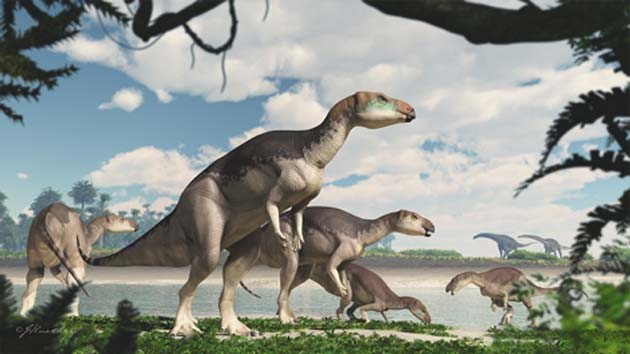
Artist's reconstruction of Fostoria dhimbangunmal. (Source: James Kuether)
The species is the youngest Australian member of the iguanodontian dinosaurs, a plant-eating group that had a horse-shaped skull and a similar build to the kangaroo.
The United Kingdom’s Iguanodon and Australia’s Muttaburrasaurus are among Fostoria’s more famous cousins. The name of the new dinosaur is a nod to its original discoverer – ‘dhimbangunmal’ meaning ‘sheep yard’ in Yuwaalaraay. Yuwaalayaay and Gamilaraay are languages of the indigenous people living in the area near Lightning Ridge.
In the mid-Cretaceous, about a hundred million years ago, these flat-toothed, herbivorous creatures foraged as they stood on their hind limbs. Today, this region of New South Wales is barren and dusty, but during an earlier time period, the place contained rivers, lagoons, and vast tracts of vegetation. Importantly, Fostoria was “an early member of a group that would elsewhere evolve into the duck-billed hadrosaurs, which were common in North America and Asia toward the end of the time of the dinosaurs,” James Kuether wrote for National Geographic.
“It’s exciting enough to have a bone bed of new dinosaurs from Australia,” said Liz Freedman Fowler, an assistant professor of biology at Dickinson State University.
Significance of the Study
Australia has a long history of producing “bizarre and amazing creatures,” according to paleontologist Terry Gates from the Department of Biological Sciences at North Carolina State University. Gates attributed this to the continent’s isolated geographic position. The Fostoria discovery “fills in a glaring gap in our understanding of duck-billed dinosaur evolution in a spectacular way,” explained Gates.
"Some time we find a new Australian dinosaur, that is important because we have so few," said Stephen Poropat, a Swinburn University of Technology plenary politician in Melbourne, who was not on the study team. He noted that the number of known Australian dinosaurs was currently around 24, including Weewarrasaurus whose fossil was discovered last year.
Poropat added that it was also important to observe the time during which dinosaurs were at Lighting Ridge. He was quoted saying: "The dinosaurs are living in a truly incredible greenhouse earth. The globe would potentially look quite different, and the fossils can tell us how the dinosaurs were heading."
While extensive research on South America’s paleontological history has revealed insights about the western half of Gondwanaland, the eastern side continues to be shrouded in mystery. With Antarctica blanketed in ice and a lot of New Zealand being underwater, sites like Lightning Ridge could be key to unraveling the southern hemisphere’s ancient past.
Seventy-five-year-old Foster moved to a small town on the New South Wales coast. His mine is now abandoned. But, as he said, "It's all over there."
Top Image: A toe bone of Fostoria dhimbangunmal preserved in opal. (Source: Robert A. Smith, via Australian Opal Center)
References
- National Geographic, Exclusive: Gem-like fossils reveal stunning new dinosaur species. Online available at: https://www.nationalgeographic.com/science/2019/06/opal-fossils-reveal-new-species-dinosaur-australia-fostoria/
- Phil R. Bell, Tom Brougham, Matthew C. Herne, Timothy Frauenfelder & Elizabeth T. Smith (2019) Fostoria dhimbangunmal, gen. et sp. nov., a new iguanodontian (Dinosauria, Ornithopoda) from the mid-Cretaceous of Lightning Ridge, New South Wales, Australia, Journal of Vertebrate Paleontology, DOI: 10.1080/02724634.2019.1564757
- Smithsonian.com, Dinosaur Bones Shimmering with Opal Reveal a New Species in Australia. Online available at: https://www.smithsonianmag.com/science-nature/dinosaur-bones-encrusted-opal-reveal-new-species-australia-180972332/

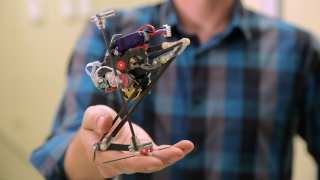
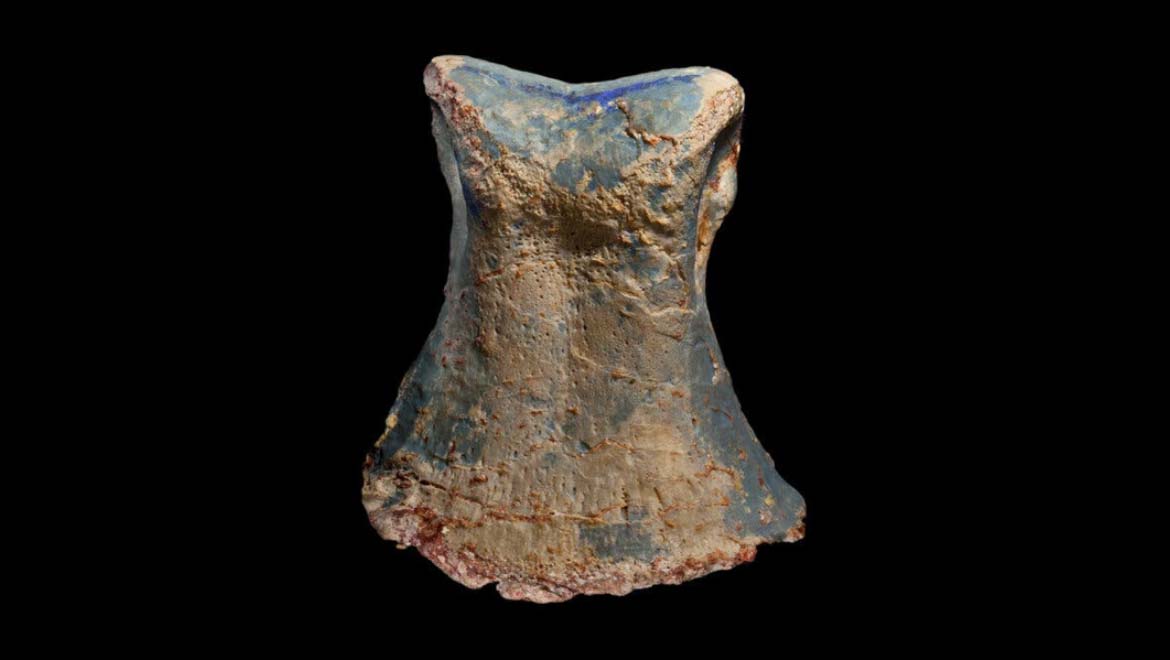


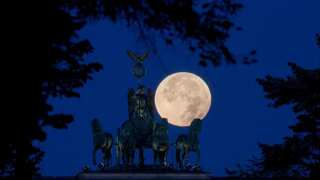
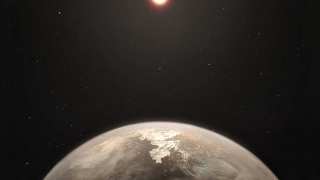
No comment